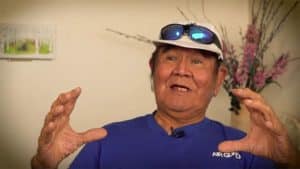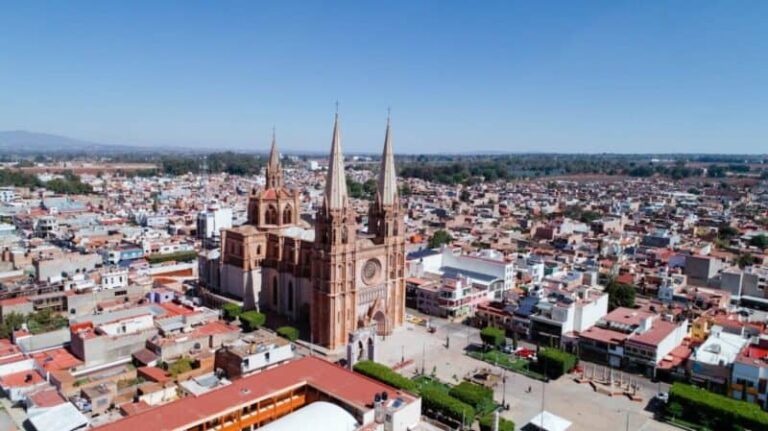The Upper Tanana Dene (2023): An Alaska Native People Shine Like the Northern Lights
There are over 500 federally recognized and over 200 unrecognized Native American tribes that live in the United States today. They have complex and distinct cultures and communities, though these have been disrupted or nearly destroyed by U.S. colonization and are regularly misrepresented and oversimplified by non-Native people.
While some tribes, like the Cherokee, have well-documented cultural traditions, others, like the Alaska Native Upper Tanana tribe, have less well-documented ones. Although resources that focus specifically on the Upper Tanana can be hard to find, last year anthropologist William E. Simeone released The Upper Tanana Dene: People of This Land (2023), a book that provides a comprehensive look at these Athabascan people.
Alaska Native: Who Are The Upper Tanana Dene?
Based on his fifty years of traveling and working in Alaska, Simeone’s book covers a broad range of topics about the Upper Tanana Dene (meaning “people”).
Living in villages across the Tanana Valley region of east-central Alaska, the Upper Tanana people believe that humans are not distinct from but instead an integral, inseparable part of nature. When they hunt for fish, caribou, or moose, they make sure to show humility, gratefulness, and proper respect for the animals for providing humans with the meat they need to survive.
The Upper Tanana live in matrilineal clan structures with established rules on appropriate behavior towards clan members and choices for marriage partners. They believe that if someone breaks įįjih (“that which is forbidden or taboo”), they not only disrupt the relationships between themselves, other humans, and animals but also invite disaster on themselves and other people.
In the traditional potlatch ceremony, the members of one clan host feasts, sing songs, perform dances,
and give homemade gifts to members of the opposite clan. Potlatches are held to celebrate an important event in a person’s life, heal an injury or wound one person caused someone else, or memorialize someone after their death.
The Dene have both adapted to and rejected changes that Russian fur traders, Christian missionaries, and American gold rushers and government officials brought with them to Alaska. Despite pressures to give up their land, change their beliefs, or fully assimilate with standard American cultural values, the Upper Tanana people continue to practice their cultural traditions and remain attached to the land.
What Do the Upper Tanana Dene Say About Themselves?

Throughout the book, Simeone allows Upper Tanana elders from across the Tanana Valley region to tell their own experiences via interviews he conducted with them over his many years of research.
In these interviews, the elders discuss their personal experiences growing up and practicing their cultural traditions, their reflections on the way life for Upper Tanana people has changed over decades, and their laments about not doing enough to prevent younger Dene from forgetting their cultural traditions.
Since the elders are from different villages and have different life experiences, these interviews provide a variety of knowledge about, perspectives on, and interpretations of Dene culture. Since the interviews were conducted and printed in both Upper Tanana and English, they also provide a valuable record of the vocabulary, grammar, and usage of a critically endangered language.
Why Should You Read This Book?
Native peoples in the United States continue to face many challenges to their physical and cultural survival, including poverty, discrimination, and battles over land and political rights. The practices and languages of many tribes are in danger of dying out because they are or have been overtaken by dominant American cultural standards.
That’s why it’s important for cultural documents like The Upper Tanana Dene to exist. Simeone’s book helps preserve Upper Tanana traditions by recording their practices, language, history, and perspectives on their own past, present, and future; the book also allows non-Dene readers to better understand who the Upper Tanana are, what they believe, and how they practice their culture.
One of the greatest things books can do is to allow readers to learn about and appreciate different people, cultures, and worldviews, and William Simeone has done an excellent job of that in The Upper Tanana Dene.
For More Great Content
Total Apex is an all-encompassing content producer. We provide detailed articles every day on entertainment, gaming, sports, and so much more! Check out all our great sports content at Total Apex Sports. Check us out on X @TotalApexEandG and our other sites: Total Apex Sports Bets and Total Apex Fantasy Sports.






